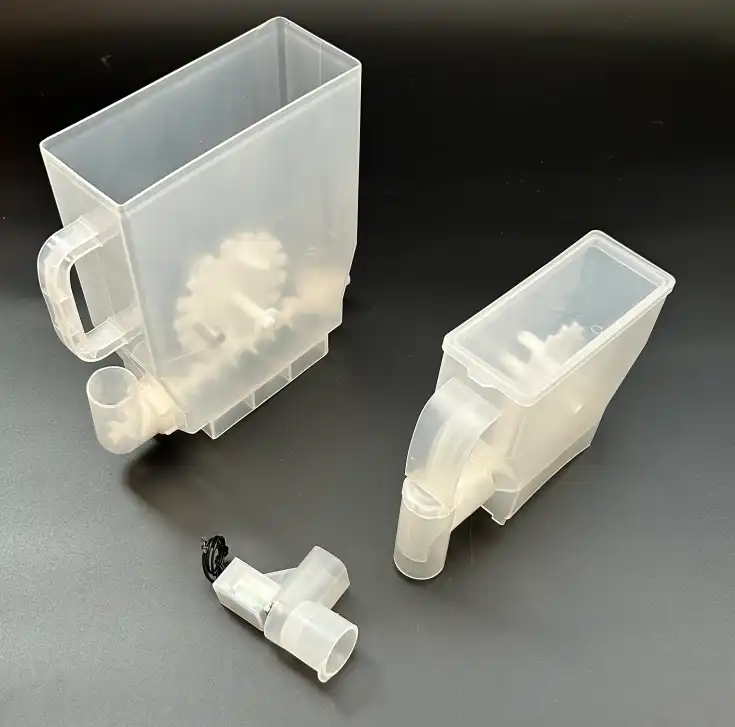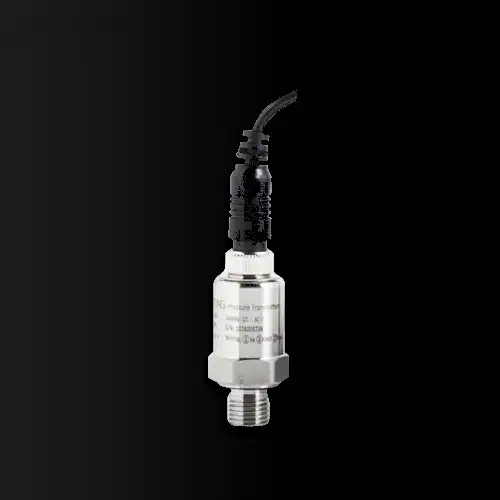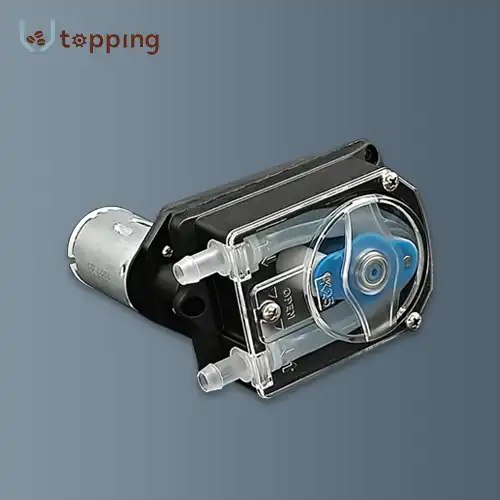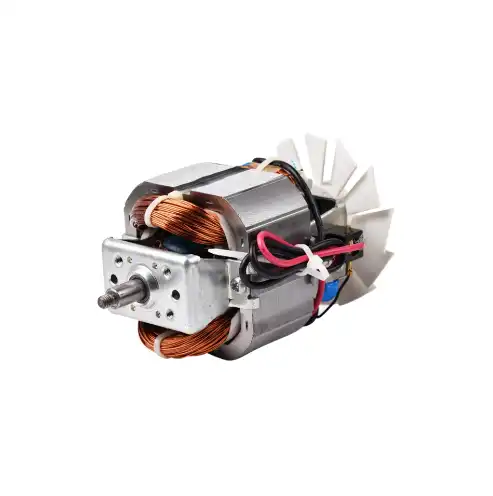What Factors Influence Coffee Quality Through Ingredient Canisters?
2024-06-28 15:25:22
Introduction
Coffee vending machines have revolutionized the way we access and enjoy coffee, especially in workplaces and public spaces. A critical component of these machines is the ingredient canisters, which store and dispense the coffee, milk, sugar, and other necessary ingredients. These canisters play a crucial role in maintaining the quality of the coffee produced. In this blog, we will explore the factors that influence coffee quality through Coffee Vending Machine Ingredient Canisters by addressing three key questions: How does the freshness of ingredients affect coffee quality? What role does the material and design of canisters play? How does the maintenance of canisters impact coffee quality?

How Does the Freshness of Ingredients Affect Coffee Quality?
Importance of Fresh Ingredients
Freshness is one of the most important factors influencing the quality of coffee. Fresh coffee beans or grounds have a richer aroma and more complex flavors compared to stale ones. The same applies to other ingredients like milk powder and sugar, which can lose their quality over time if not stored properly.
Coffee Beans and Grounds: Coffee starts to lose its freshness shortly after roasting. Oxygen, moisture, heat, and light are the main enemies that degrade coffee quality. Coffee Vending Machine Ingredient Canisters that are airtight and protect the coffee from these elements help in preserving its freshness for a longer period.
Milk Powder: Milk powder is hygroscopic, meaning it absorbs moisture from the air. If not stored in a dry and airtight canister, it can clump and spoil, affecting the taste and texture of the coffee.
Sugar and Sweeteners: Similar to milk powder, sugar and sweeteners can absorb moisture and form clumps. Keeping them in a dry, airtight canister ensures they remain free-flowing and easy to dispense.
Storage Conditions
The conditions in which the ingredients are stored within the canisters are critical to maintaining their freshness.
Temperature: Coffee and other ingredients should be stored at a stable, cool temperature. High temperatures can cause the coffee oils to turn rancid, affecting the flavor.
Humidity: Low humidity levels are essential to prevent moisture absorption. Ingredient canisters should be designed to minimize exposure to humidity.
Light Exposure: Light can degrade coffee quality by causing the beans or grounds to become stale faster. Opaque canisters that block light are preferable for maintaining coffee freshness.
Regular Refilling and Rotation
To ensure that the ingredients used in the vending machine are always fresh, it's important to regularly refill the canisters and rotate the stock.
FIFO Method: Implementing the First-In-First-Out (FIFO) method helps in using the oldest stock first, ensuring that no ingredients are stored for too long.
Frequent Refills: Regularly refilling the canisters with fresh ingredients helps in maintaining the overall quality of the coffee dispensed.
What Role Does the Material and Design of Canisters Play?
Material Quality
The material of the powder canister can significantly impact the quality of the ingredients stored within them.
Food-Grade Materials: Canisters made from food-grade materials ensure that no harmful chemicals leach into the coffee ingredients. Stainless steel and certain high-quality plastics are commonly used for their durability and safety.
Airtight Seals: The effectiveness of the canisters in preserving ingredient freshness largely depends on their ability to create an airtight seal. This prevents oxygen and moisture from entering and degrading the quality of the ingredients.
Design Features
The design of the canisters also plays a crucial role in maintaining coffee quality.
Opaque Design: Canisters that are opaque or have a light-blocking design help in protecting coffee and other ingredients from light exposure, which can cause them to degrade faster.
Ergonomic Design: Canisters with ergonomic features make it easier to refill and clean, reducing the chances of spillage and contamination. Features like easy-to-open lids and well-designed dispensing mechanisms enhance usability and maintain hygiene.
Compartmentalization: Some coffee vending machines have canisters with multiple compartments for different ingredients. This design helps in organizing the ingredients and ensures that they are stored in optimal conditions for each type.
Compatibility with Machines
The compatibility of canisters with the vending machine is another important factor.
Fit and Lock Mechanism: Canisters that fit perfectly and have secure locking mechanisms ensure that there are no leaks or spills during the dispensing process.
Dispensing Accuracy: The design of the powder canister should facilitate accurate dispensing of ingredients, ensuring consistent coffee quality. This includes precise measurement and smooth flow of ingredients.
How Does the Maintenance of Canisters Impact Coffee Quality?
Regular Cleaning
Regular cleaning of the canisters is essential to prevent the buildup of residues and contaminants.
Daily Wiping: Wiping down the canisters daily helps in removing any dust or spills that can accumulate on the surface.
Weekly Deep Cleaning: A more thorough cleaning should be done weekly, where the canisters are removed, washed with warm soapy water, and dried completely before refilling. This prevents the buildup of any residues that can affect the taste of the coffee.
Inspection and Replacement
Regular inspection and timely replacement of canister parts ensure that they continue to function effectively.
Seal Inspection: The seals should be checked regularly for any signs of wear or damage. Damaged seals can compromise the airtightness of the canisters, leading to exposure to air and moisture.
Part Replacement: Any worn-out or damaged parts should be replaced promptly. This includes dispensing mechanisms, seals, and any other components that can affect the performance of the canisters.
Calibration and Adjustment
To ensure that the canisters dispense the correct amount of each ingredient, regular calibration and adjustment are necessary.
Regular Calibration: The canisters should be calibrated regularly to ensure that they dispense the right amount of coffee, milk powder, sugar, and other ingredients.
Adjustment Based on Usage: Depending on the usage and wear and tear, adjustments may be needed to maintain dispensing accuracy. This helps in ensuring that each cup of coffee is consistent in quality and taste.
Professional Servicing
In addition to routine maintenance, professional servicing of the coffee vending machine and its canisters is recommended.
Periodic Servicing: Regular servicing by qualified technicians can help in identifying and addressing any issues that may not be apparent during routine maintenance.
Thorough Checkup: A thorough checkup of the canisters and the machine ensures that all components are functioning correctly and efficiently.
Conclusion
The quality of coffee dispensed by vending machines is heavily influenced by the Coffee Vending Machine Ingredient Canisters. Factors such as the freshness of ingredients, the material and design of the canisters, and regular maintenance all play crucial roles in ensuring that the coffee is of the highest quality. By understanding and managing these factors, operators can ensure that their coffee vending machines consistently deliver delicious, high-quality coffee.
References
1.Real Simple. (2023). How to Store Coffee: We Settle the Pantry vs. Freezer Debate. Retrieved from Real Simple.
2.Taste of Home. (2018). How to Make a Good Cup of Coffee (8 Tips from a Barista). Retrieved from Taste of Home.
3.Tasting Table. (2022). Why It's So Important To Store Cold Brew Coffee In An Airtight Container. Retrieved from Tasting Table.
4.Food Revolution Network. (2024). Food Storage & Preservation: How To Store Food Properly. Retrieved from Food Revolution Network.
Send Inquiry
Related Industry Knowledge
- Can You Adjust the Boiler Temperature in Coffee Machines?
- What Does a Boiler Do in a Coffee Machine?
- How Can You Adjust Mixer Settings for Different Coffee Blends?
- How has the Vending Machine Camera technology developed over time?
- How does a coffee brewing Unit work?
- Is a built-in coffee grinder worth it?
- How to use a Coffee Vending Machine Ingredient Canisters?
- Do coffee machines have built in grinder?
- Do coffee vending machines need a Water Tank?
- How Long Can Coffee Beans Stay in the Hopper?

.webp)








